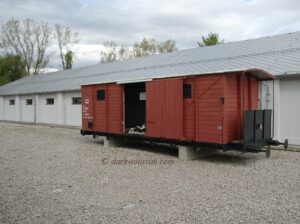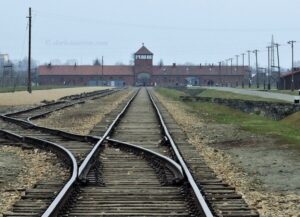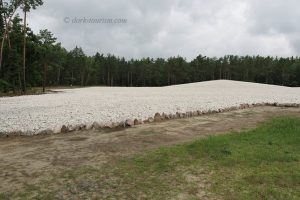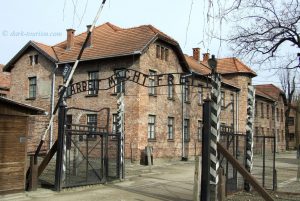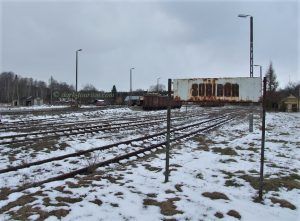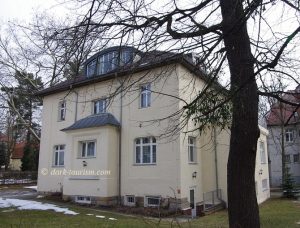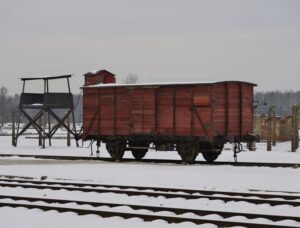
Return to Auschwitz
Today is International Holocaust Remembrance Day, aka “Auschwitz Day”, as it was on this date, 27 January, that in 1945 the Soviet Red Army arrived at Auschwitz and liberated the camp, after the SS had largely “evacuated” it already and sent most of its inmates on death marches, to camps further away from the westward-moving front line in a WWII that was already de facto lost for Germany.
It also so happened that a little earlier this month I revisited the memorial sites at Auschwitz as part of a six-day trip to Kraków and Oświęcim, planned at short notice. So I decided to do another Auschwitz Day post (see also

